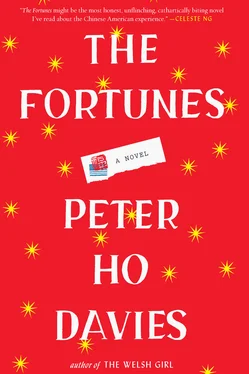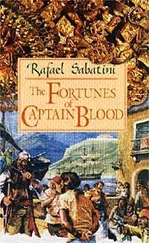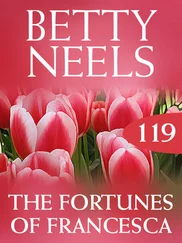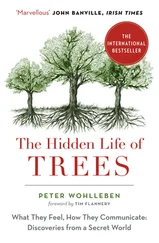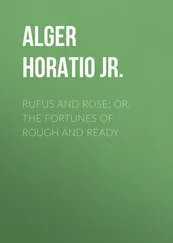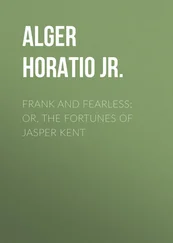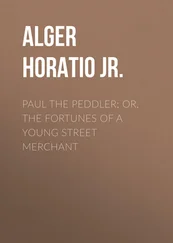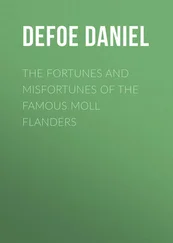RUBBERNECKS
Her father still remembered the excursion buses, horse-drawn and open-topped, that had toured Chinatown at the start of the century. Sightseers in straw skimmers led by a talker with a horn for a mouth calling Lookee here, lookee there, directing their attention hither and thither, earning them the name “rubbernecks.”
It was a racy fad, she learned later — a vogue started in San Francisco and New York that had spread to Los Angeles, driven by exotic photographs and the seamy, salacious reputation of Chinatown. Yet as a child she never believed her father’s stories. A man with a horn coming out of his mouth? She pictured a single arcing tusk, like an elephant’s. Besides, and almost as improbably, when were Chinese so interesting to whites? She wasn’t sure they were so interesting to her, even.
But at eleven she’d spotted a crowd on a street corner presided over by a man with a megaphone (the “horn” her father referred to was a speaking trumpet, of course) and hurried up to see if the rubbernecks had returned, only to find it was a movie crew. She tarried to watch the stars emerge from their parked limousines for a take and then retreat back to the curtained splendor of their gleaming automobiles. The leading lady, Mae Murray (from whom she would later adopt part of her English name), wore a fur, shrugging it daintily on and off her shoulders between takes like a cape, but beneath it she was dressed in diaphanous rags. It was a costume, of course, but the girl was disappointed, thought a star should dress like those at the premieres she’d seen in newsreels. This was acting, she told herself. Even in rags Mae Murray was beautiful, her skin and hair lustrous. And how she moved! Stalking gracefully from car to scene, gliding in the midst of so much busy energy. Just from her walk you could tell she was something.
The girl tried to walk home like that, on the balls of her feet like a dancer, one leg reaching out in front of the other as if on an invisible tightrope.
Within two months, already tall for her age, she had begun to model fur coats in newspaper advertisements for a customer who’d been impressed by her posture when she delivered laundry. She tried to give the money to her father, but he didn’t like the pose she struck. He was ironing. “A disgrace,” he called her. “Do you know no shame?” He doused the linen with his brass sprayer. She tried to tell him it was acting, but the distinction was lost on him. “Who acts like a whore? I ask you. Whores, that’s who!” He pushed the money away. “I’m no pimp.”
He was wrong; she knew all about shame. Hadn’t she’d grown up washing and ironing other people’s “unmentionables”? She once told an interviewer she changed the spelling from M-A-E to M-A-Y “to give myself permission.” “Permission for what?” “Why, everything!”
Another time her father caught her applying “makeup.” She had collected her lucky red packets from New Year’s, moistened the paper, and rubbed it against her cheeks as rouge, used burnt matches for kohl. He scrubbed her face with a cloth until her cheeks were raw. “Our business is cleaning ! How do you think it looks if the laundry girl is dirty?”
But she didn’t want to be in the family business.
“It’s my fault,” her mother whispered later. “He always wanted a son. He didn’t come home for days after you were born.”
Her mother dressed her as a boy for early baby photographs. She was a tomboy as a girl. Years later, in cabaret, she’d perform in top hat and tails.
Chinese Rubbernecks was also the name of an early short set in a laundry — she saw it once as a child — featuring a fantastical tussle between two Chinese during which one grabs the other’s head and stretches his neck across the frame before releasing it to snap back into place.
TEN DOORS
The family laundry — home until she was six — was on Flower Street, a block north of Chinatown, the Laundrymen’s Association having decreed that laundries had to be at least ten doors apart to regulate competition. The new family home on Figueroa was three blocks further removed from the bachelor society of Chinatown in a mixed neighborhood of Mexicans, Irish, and recent Eastern European immigrants. She grew up, she later told friends, with one foot in Chinatown, one foot in America.
“Everyone comes to Los Angeles to be a star,” she said once. “I was born there, but you could say I still came farther than most.”
THE ROLE OF A LIFETIME
Turned down for the role of a lifetime — O-lan in The Good Earth, a Chinese female lead; how many of those will she ever see? — and turned down for a white actress. It’s a public humiliation, a famous snub. A loss of face, she’s still Chinese enough to think.
She’d been tipped for the role in the press for years; “born to play it,” they said. It was what she’d be waiting for all this time. But she’d known she wouldn’t get it as soon as they cast Paul Muni, Scarface himself, in the lead. The Hays Code forbade the portrayal of interracial relations onscreen, even when white actors were playing in yellowface. “You’re just not the type” was how producer Irving Thalberg explained in awkward apology. “You’re too Chinese.” (By contrast, Muni, when Thalberg offered him the role, joked, “I’m about as Chinese as Herbert Hoover.”) The part of O-lan went instead to the German actress Luise Rainer.
“I’m in the business of creating illusions,” Thalberg added. As if she weren’t.
At parties she made light of it. “The role of a lifetime? Horsefeathers! Besides,” she added coquettishly, “isn’t that what Doug Fairbanks used to promise all the girls? The roll of a lifetime? It wasn’t true then either!”
But a public humiliation requires a public response. Which is why she’s sailing to China. If she can’t have the role of a lifetime, she’ll take the trip of a lifetime, a visit to the homeland she’s never set foot in. Her father moved back two years earlier, after selling up, and her plan is to meet him in the family village. He has never approved of her career — it’s hard to escape the suspicion that he left the U.S. to get away from her notoriety — and their estrangement was cemented when she failed to return from New York, where she was appearing on Broadway, for her mother’s funeral five years ago. She had fought for her little sister, doe-eyed Mary, to be her understudy — she balked at a yellowface stand-in — but if they had both attended the burial, the theater would have gone dark. There was a moment when they both realized it, and she saw her sister’s face flicker with the understudy’s avid gleam.
“ You must go for both of us,” she told Mary. “You’ll regret it forever if you don’t.”
“But what about you?”
It’s the bigger part, she wanted to say, the grieving daughter. You’ll be taking over from me in that role. Instead she declared tightly, “The show must go on.”
Mary had always been their father’s favorite anyway, born after he already had sons. It was why she’d promised to aid Mary in her acting career: to spite him. He’d hoped the younger sister would chaperone the older, but she’d bribed Mary to look the other way with walk-ons and bit parts.
Now, as she circles the deck of the Hoover, she’s hoping for a prodigal’s return of sorts, a reconciliation. Never mind that her father has moved back in with his first wife and son, her mother being technically the “little wife,” the concubine.
But she also has another vindication in mind. She’s arranged for her visit to be filmed for Hearst Metrotone News. If she can’t star in The Good Earth, she’ll star in her own movie, and perhaps along the way remind audiences of the real China, not the Hollywood version. A cameraman has been assigned to meet her in Shanghai and accompany her on her travels for the purpose. The show will go on.
Читать дальше
